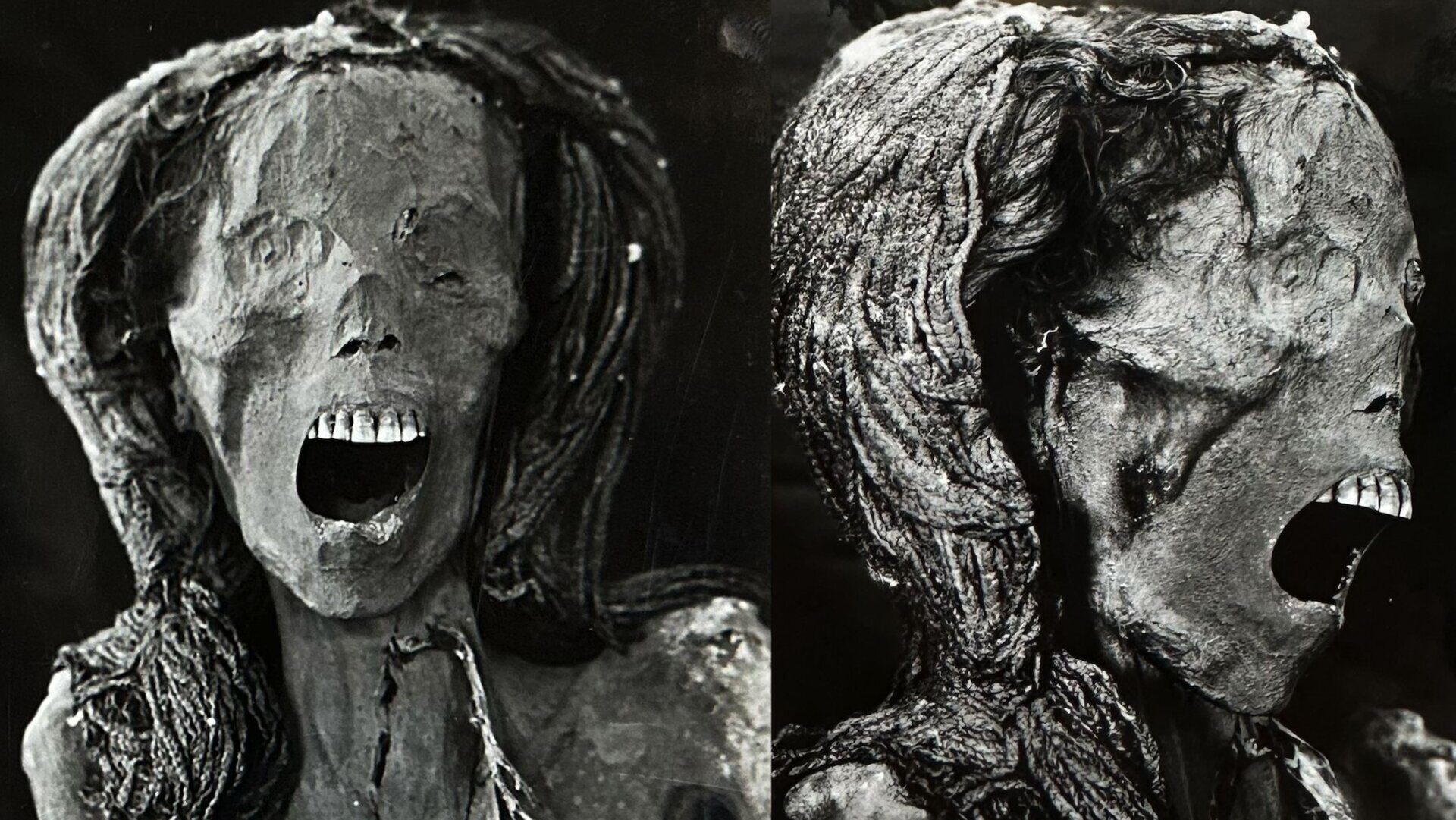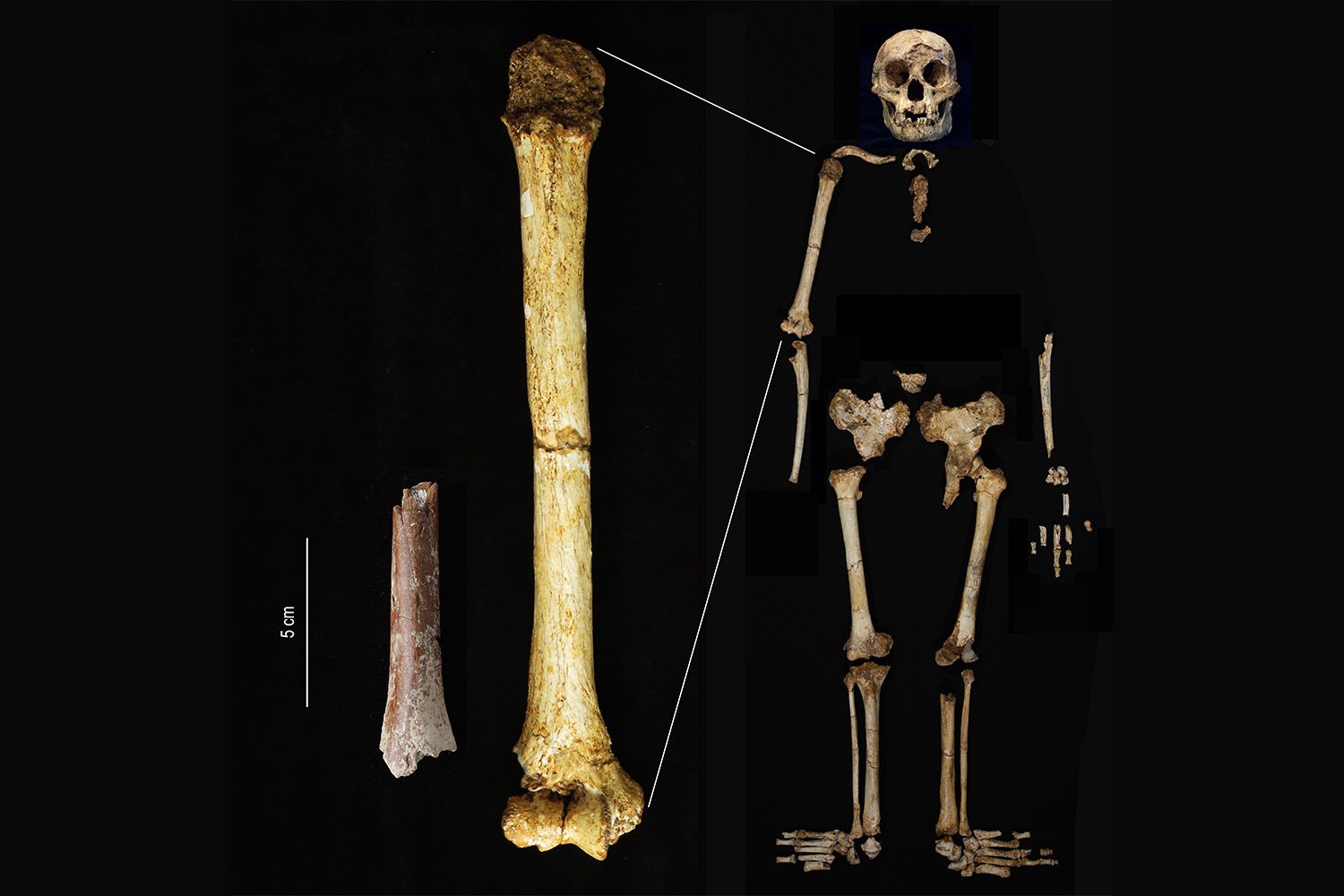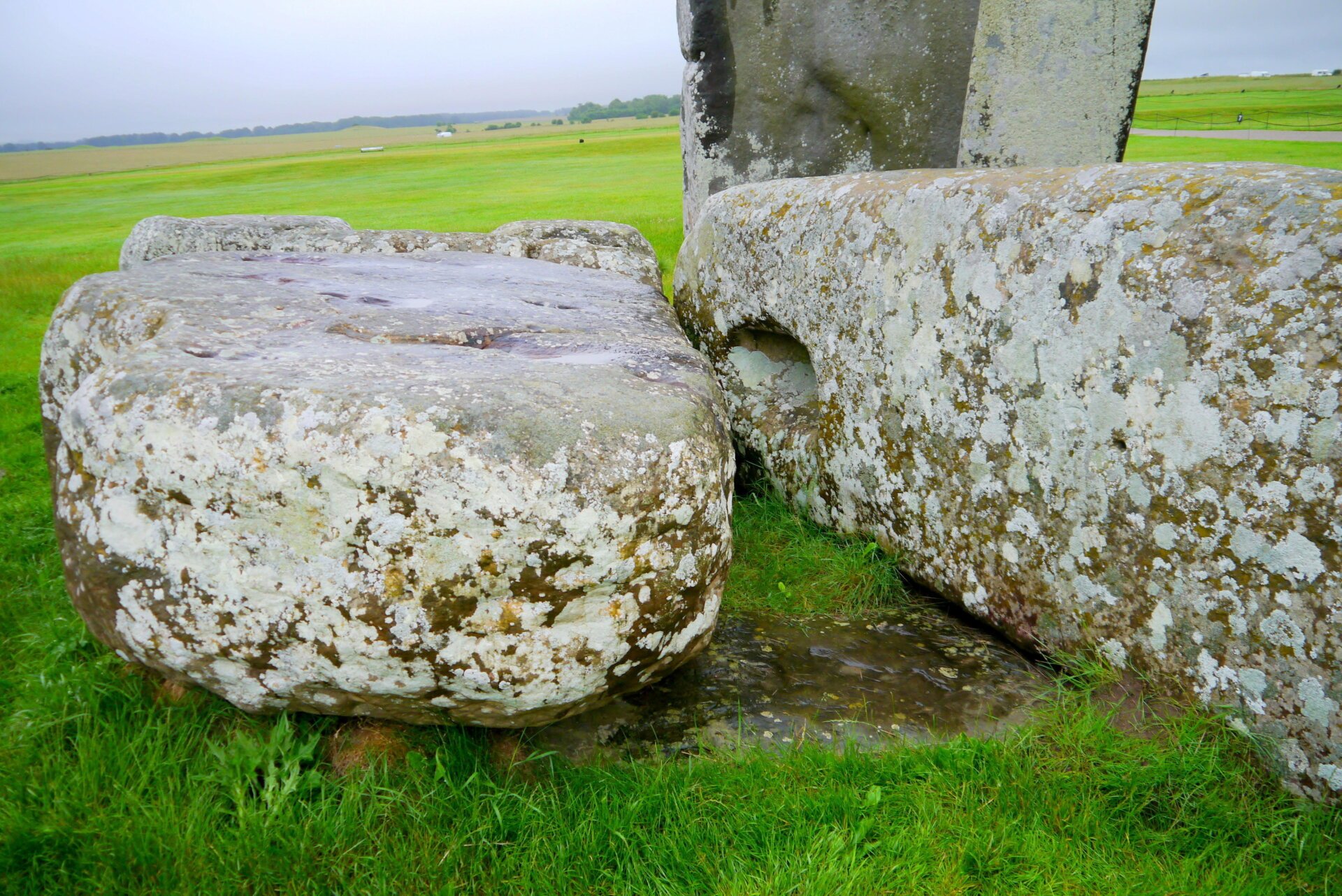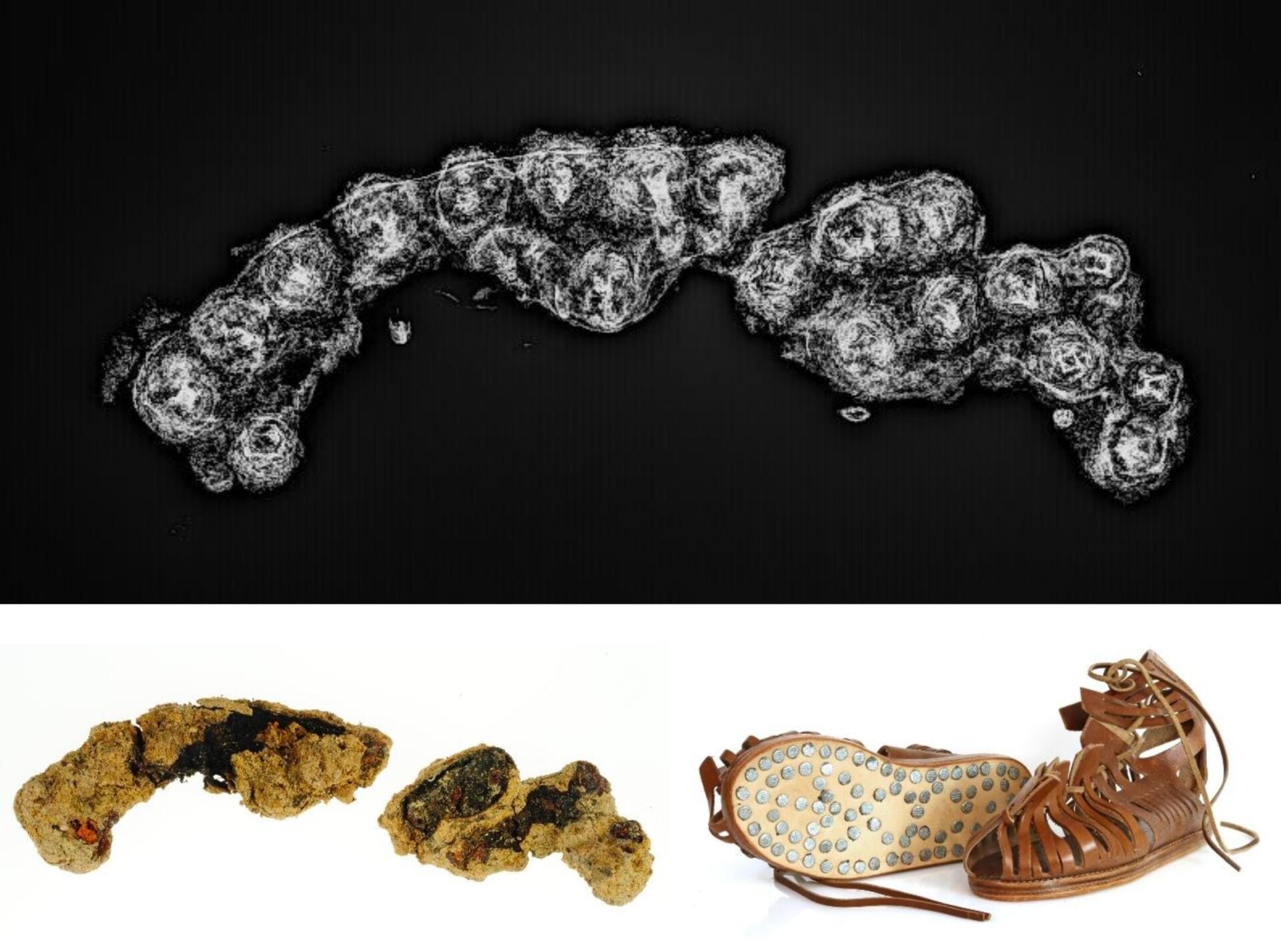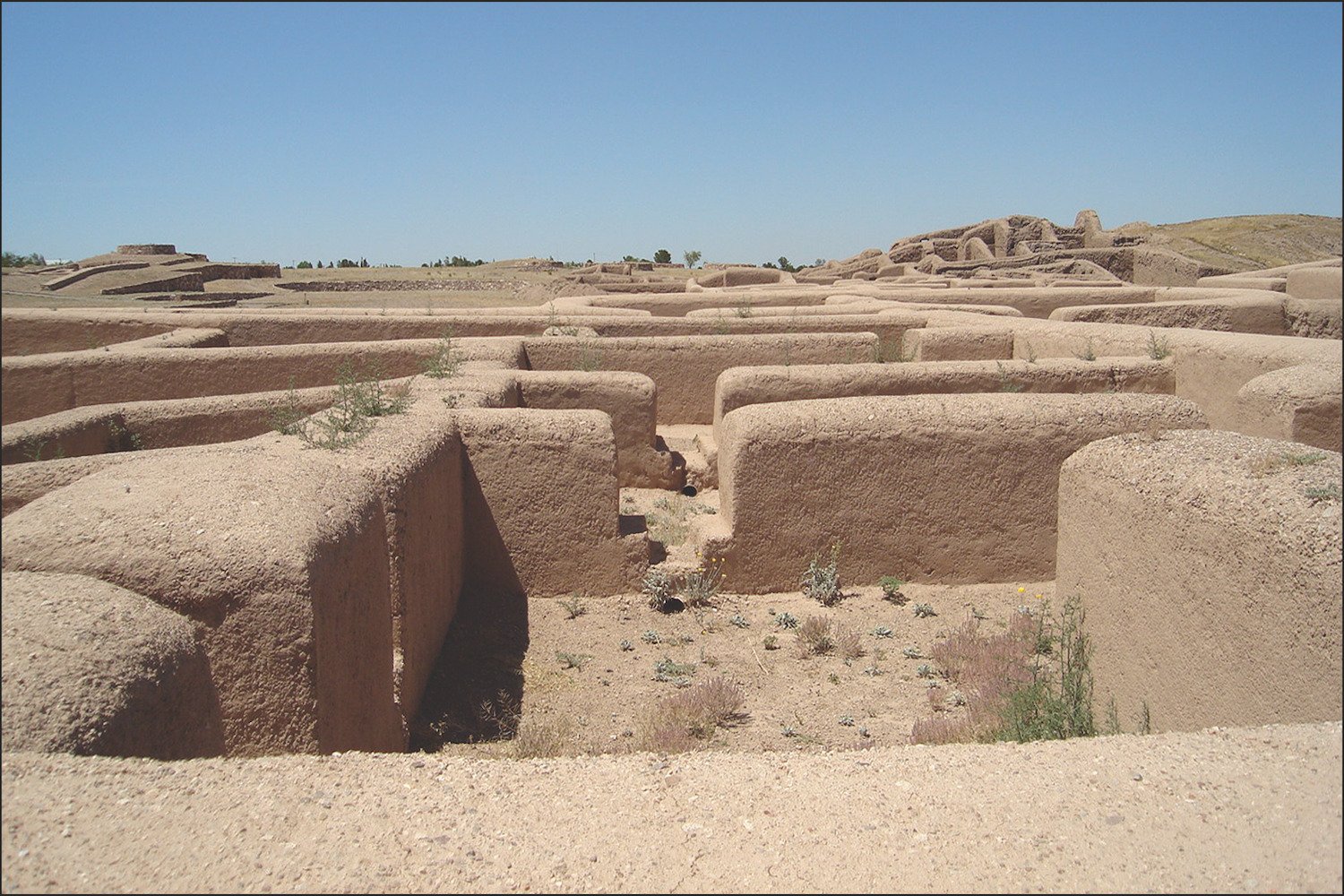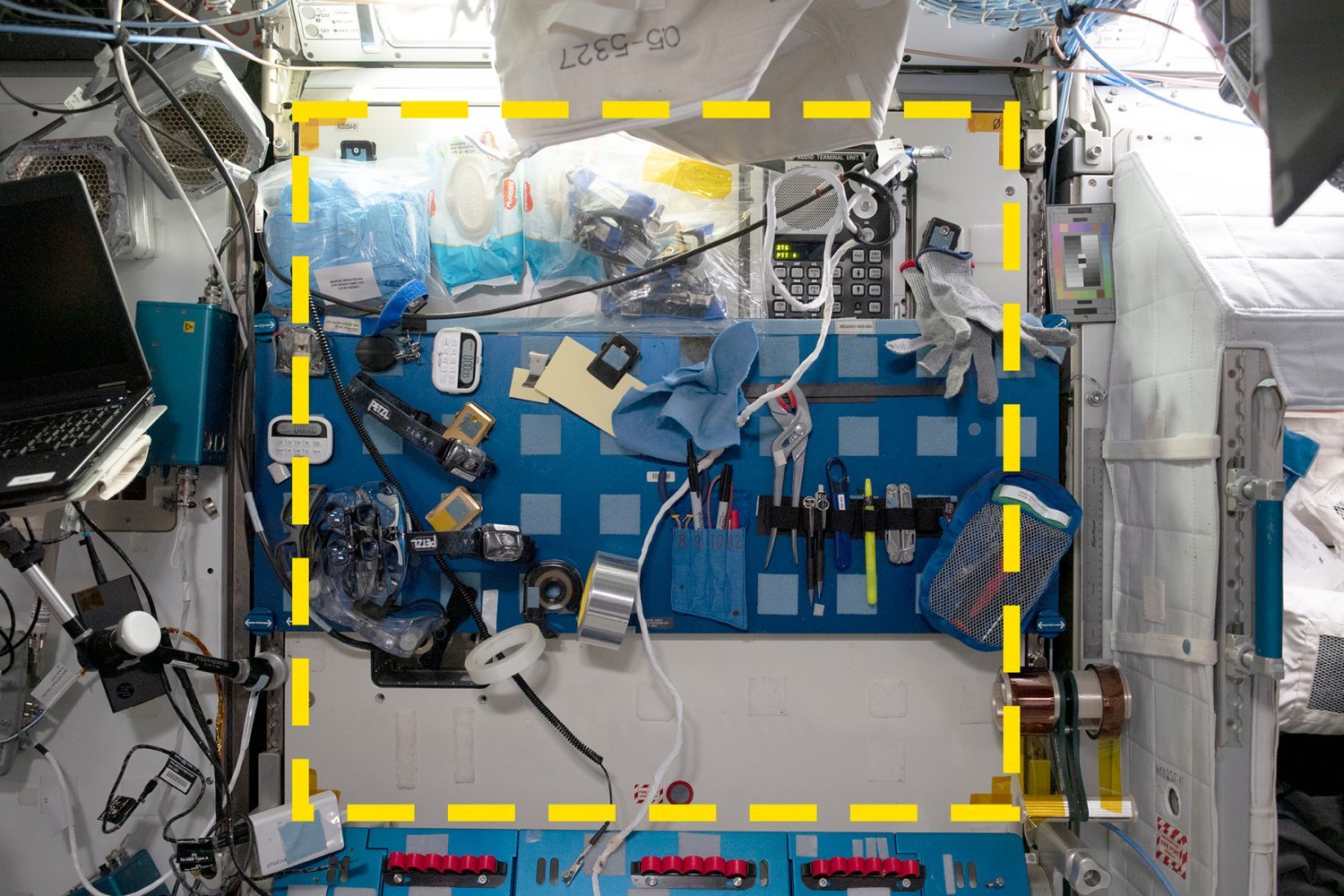The unsettling visage of a so-called “screaming mummy,” discovered nearly a century ago, continues to intrigue researchers. Her contorted facial expression, with mouth agape and jaw askew, has long prompted speculation about her final moments. Now, a new study lends further support to the theory that she died in excruciating pain.
This particular mummy, known as CIT8, was unearthed in 1935 by a Metropolitan Museum of Art expedition. Found within a wooden coffin beneath the tomb of Senmut in Deir Elbahari, the ancient Theban necropolis, the mummy wore a black wig and adorned herself with gold and silver rings. However, it was her striking facial expression that captivated attention.
This isn’t the only “screaming mummy” to be discovered. In 2020, research on another 3,000-year-old mummy, known as “Unknown woman A,” led researchers Zahi Hawass and Sahar Saleem to conclude that the individual died of a heart attack, her agony seemingly frozen in time by the embalming process.
The new study, published in Frontiers in Medicine, corroborates these earlier findings, offering a compelling explanation for the screaming mummy phenomenon. The research challenges previous skepticism surrounding the circumstances of these deaths.
Careful Embalming, Not Neglect
“In ancient Egypt, embalmers meticulously prepared bodies for the afterlife, striving for a serene and beautiful presentation,” explains Dr. Sahar Saleem, a radiologist at Cairo University and the study’s lead author. “A key part of this process involved securing the jaw to prevent the natural postmortem drop.” The researchers found CIT8’s remains remarkably well-preserved, with evidence of high-quality embalming materials, suggesting a careful and deliberate process. “This ruled out the possibility of careless embalming or neglect in closing her mouth,” Saleem adds.
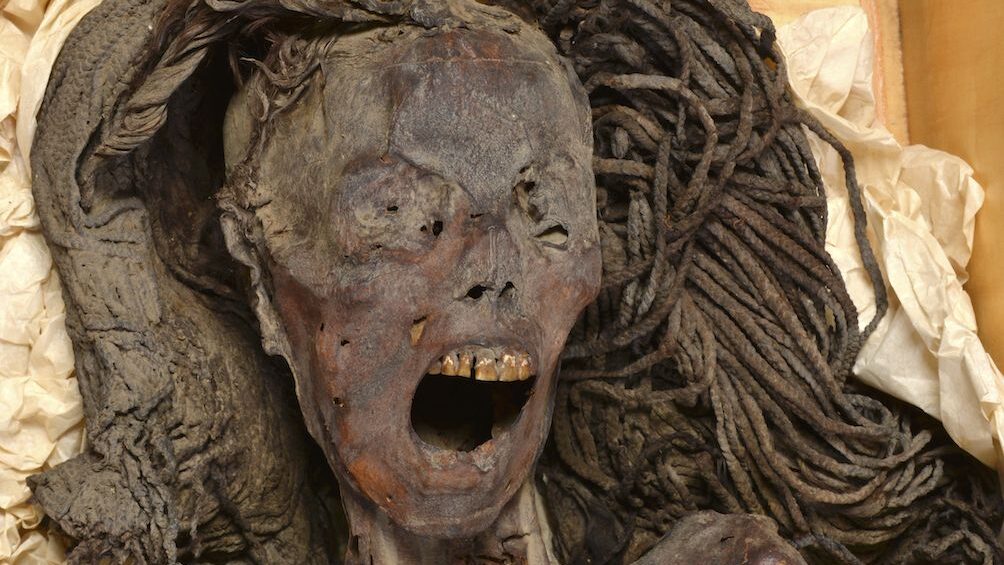 The Ancient Egyptian ‘screaming mummy.’Ancient Egyptian ‘screaming mummy’ – Photo: Sahar Saleem
The Ancient Egyptian ‘screaming mummy.’Ancient Egyptian ‘screaming mummy’ – Photo: Sahar Saleem
Cadaveric Spasm: A Possible Explanation
Saleem’s team proposes that CIT8 may have experienced a cadaveric spasm, a rare phenomenon involving the sudden stiffening of muscles just before or at the moment of death. This localized muscle contraction can persist for up to 36 hours. The researchers suggest that if CIT8 was embalmed before these muscles relaxed, her facial expression at death would have been preserved. This condition could also explain why embalmers were unable to close her mouth using standard procedures.
As previously reported, researchers believe Unknown Woman A likely succumbed to a heart attack. A 2013 study in The Lancet revealed a surprisingly high prevalence of cardiovascular disease in mummies from that era, with 34% showing signs of the condition. This contrasts with contemporary statistics from the CDC, which attribute approximately 1 in 5 deaths in 2022 to heart disease.
Expert Opinions and Ongoing Debate
Dr. Randall Thompson, a cardiologist at St. Luke’s Mid America Heart Institute and lead author of the global HORUS study on ancient heart disease, acknowledges the value of the new research. “The scientific investigation into the mummification materials is a helpful contribution, employing novel and detailed approaches,” he notes. While acknowledging the lack of direct evidence to definitively support the cadaveric spasm theory, Thompson finds the explanation plausible.
However, not all experts agree. Dr. Gregory Thomas, a cardiologist at UC Irvine and co-lead of the HORUS project, offers an alternative perspective. “With death, muscles typically relax, often leading to a passively open mouth,” he explains. “Both modern and ancient embalmers would have likely closed the mouth if open upon receiving the deceased. Therefore, the most probable cause of CIT8’s screaming appearance is that her mouth wasn’t closed during embalming.”
Further Research Needed
The mystery surrounding the screaming mummy continues to generate debate. Saleem emphasizes the need for further investigation into cadaveric spasm, a poorly understood phenomenon primarily observed in forensic contexts. “More forensic studies and additional research on mummies with similar facial expressions are crucial to shedding light on this intriguing condition,” she concludes.
Conclusion
The research into CIT8 adds another layer to the ongoing investigation into the lives and deaths of ancient Egyptians. While the exact cause of her haunting expression remains open to interpretation, the study provides valuable insight into ancient embalming practices and the challenges of interpreting the secrets held within these ancient remains. The “screaming mummy” continues to captivate our imagination and serves as a stark reminder of the mysteries that still shroud the distant past.



